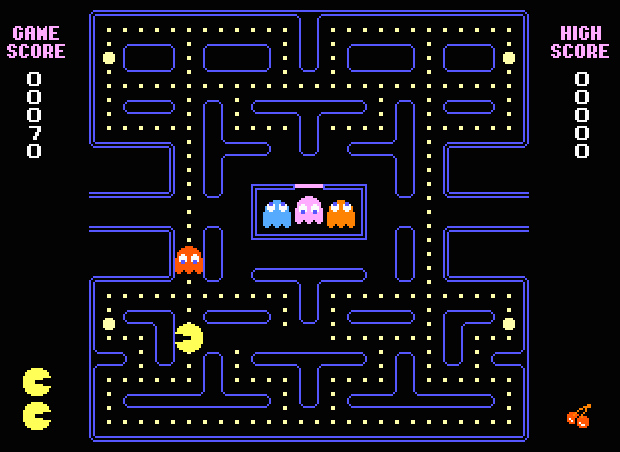![]() Versie 0.233 van MAME en MESS is uitgekomen. MAME staat voor Multiple Arcade Machine Emulator en is een programma waarmee het mogelijk is om een grote hoeveelheid klassieke arcadespellen te spelen. MESS staat voor Multi Emulator Super System en emuleert een groot aantal oude computers, zoals de Commodore 64, Atari 2600, Gameboy en ZX Spectrum. De uitgebreide lijst met veranderingen staat hier; de releasenotes kunnen hieronder worden gevonden.
Versie 0.233 van MAME en MESS is uitgekomen. MAME staat voor Multiple Arcade Machine Emulator en is een programma waarmee het mogelijk is om een grote hoeveelheid klassieke arcadespellen te spelen. MESS staat voor Multi Emulator Super System en emuleert een groot aantal oude computers, zoals de Commodore 64, Atari 2600, Gameboy en ZX Spectrum. De uitgebreide lijst met veranderingen staat hier; de releasenotes kunnen hieronder worden gevonden.
MAME 0.233:Are you ready for MAME 0.233? With dozens of reported issues fixed, over a hundred pull requests merged, and a flurry of development across all areas, our mid-year release is huge! Some of the more interesting machines added this month include several prototype JAKKS Pacific TV Games, the elusive English version of Namco’s Armadillo Racing, and the LCD hand-held game Space Mission from Tronica.
There are lots of new Apple IIgs and Macintosh software list items, tying in nicely with the recently improved emulation of these systems, as well as an update to the Colour Genie collection, and a massive haul of MicroBee floppy dumps. A few more Mattel Juice Box cartridges have been dumped, allowing you to marvel at the poor-quality, 6 frames-per-second video.
Significantly improved systems include the Atari Portfolio, Tandy MC-10, and Tandy VIS. Carl has continued to work on Japanese home computers, and Ville Linde is back this month, bringing a batch of updates for the Konami Hornet platform. Juno First, The Tin Star, The Empire Strikes Back have all had bugs squashed, and some of the last remaining regressions from the Yamaha FM synthesis rewrite have been resolved. David Haywood has turned his attention to bootlegs of games including Final Lap 3, Guttang Gottong, and Alien Storm.
This release includes preliminary sound support for the Super A'Can console. On the topic of sound, some Yamaha synthesisers have been promoted to working, and MAME can now play back standard MIDI files to exercise machines that take MIDI input.
There are several general usability improvements in this release, including updated Chinese and Greek translations, better configuration handling for slot devices, and a few small enhancements to the built-in user interface. Issues with artwork using SVG and Windows DIB (BMP) images on ARM/AArch64-based Linux systems should also be fixed.
That’s all we’ve got time for here, but you can read about all the additions, bug fixes, and enhancements in the whatsnew.txt file.


:fill(white):strip_exif()/i/2000814142.jpeg?f=thumbmedium)